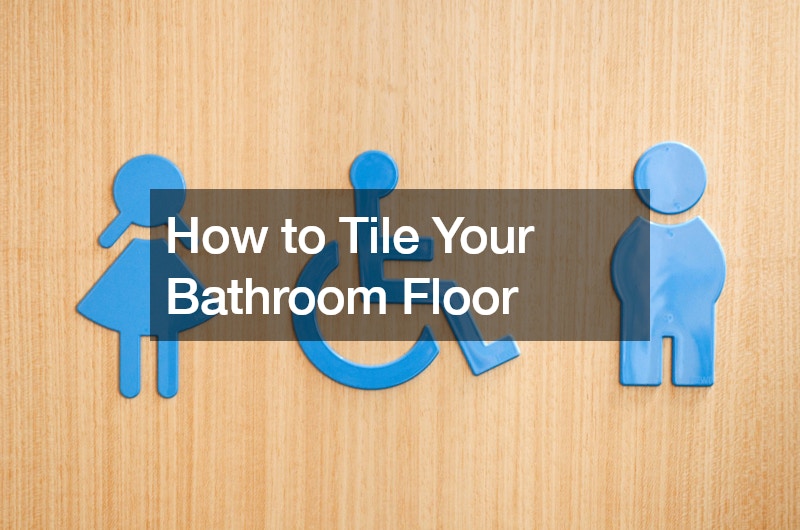
How to Tile Your Bathroom Floor
Tiling your bathroom floor can be a rewarding project, offering both aesthetic appeal and practicality. Here’s a detailed guide to help you navigate the process. Before starting, ensure the subfloor is clean, level, and free of any debris or damage. Repair any cracks or uneven areas, and apply a waterproofing membrane if necessary. Plan the layout carefully, considering the dimensions of the bathroom floor and the size of your tiles to ensure even spacing and minimize cutting.
Dry-lay the tiles without adhesive to visualize the pattern and make any necessary adjustments.
Using a notched trowel, spread thin-set mortar adhesive evenly onto the subfloor in small sections. Work in manageable areas to prevent the adhesive from drying out too quickly. Place the tiles onto the adhesive, starting from the center of the room and working outward. Press each tile firmly into place and use tile spacers to maintain consistent spacing between tiles. Cut tiles as needed using a tile cutter or wet saw to fit around obstacles or along edges. Take accurate measurements and use a straight edge to ensure clean, precise cuts.
Once the adhesive for the floor tile has dried, remove tile spacers and fill the joints between tiles with grout using a grout float. Wipe away excess grout with a damp sponge and allow it to cure according to the manufacturer’s instructions. Apply a grout sealer to protect the grout from moisture and stains, ensuring the longevity of your newly tiled bathroom floor.




